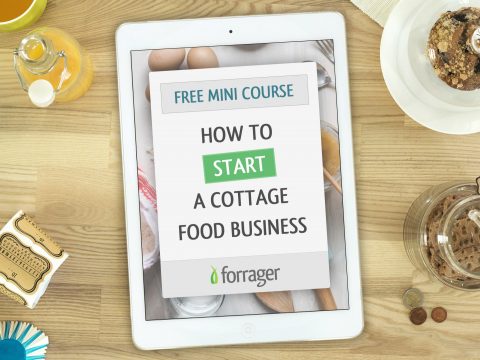Nevada Craft Food Can you legally sell food from home in Nevada?
Cottage Food Law
In 2015, Nevada passed a bill (SB 441) to allow “craft food operations”, which are businesses that can sell homemade acidified foods (e.g. pickles, salsas, etc).
This law allows acidified foods to be sold directly to consumers, and limits sales to $100k of acidified products per year.
Operators need to go through a fairly lengthy training and registration process to sell acidified foods from home.
Operators can sell other types of homemade foods through Nevada’s cottage food law.
Selling Where can you sell homemade food products?
You can take online or phone orders, but they must be fulfilled in-person.
Allowed Foods What food products can you sell from home?
You can sell other types of homemade foods (including jams, jellies, and preserves) through Nevada’s cottage food law.
Limitations How will your home food business be restricted?
Business What do you need to do to sell food from home?
To sell acidified foods items from home, you must submit an application and pass a safety exam on canning. The application fee is $50, and the exam fee is $30.
Once you pass, your permit will be valid for 3 years.
You must take a basic food safety training course, such as this one which costs about $10 and can be completed online in a couple of hours.
You must take a canning course that is approved by the ag department.
You must test the pH of each batch of product and keep records of your production for 5 years including:
- Name of food produced
- Recipe of each food, including ingredients
- Process used in the preparation
- The results of the pH test for each batch
Here is an example of a production log.
Labeling How do you label cottage food products?
Chocolate Chip Cookies
“MADE IN A CRAFT FOOD OPERATION THAT IS NOT SUBJECT TO GOVERNMENT FOOD SAFETY INSPECTION”
Forrager Cookie Company
123 Chewy Way, Cookietown, NV 73531
Phone: (123) 456-7890
Ingredients: enriched flour (wheat flour, malted barley flour, niacin, iron, thiamin mononitrate, riboflavin, folic acid), butter (cream, salt), semi-sweet chocolate (sugar, chocolate, cocoa butter, milkfat, soy lecithin, natural flavors), brown sugar, granulated sugar, eggs, vanilla extract (vanilla bean extract, alcohol, sugar), baking soda, salt (salt, calcium silicate)
Contains: milk, eggs, wheat, soy
Produced on 12/14/2025
NET WT 2 lb 4 oz (1.02 kg)
See this labeling guide for more info.
Resources Where can you find more information about this law?
- Department
- Nevada Department of Agriculture
- fnd@agri.nv.gov
- Telephone
- (775) 353-3758
- Fax
- (775) 353-3749
